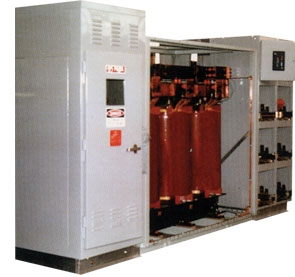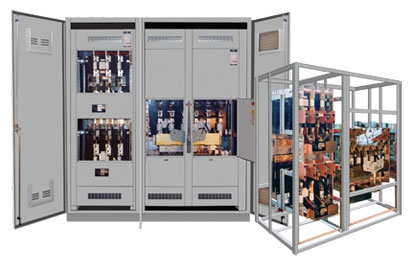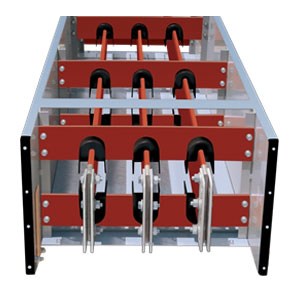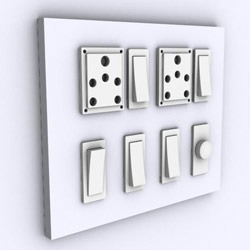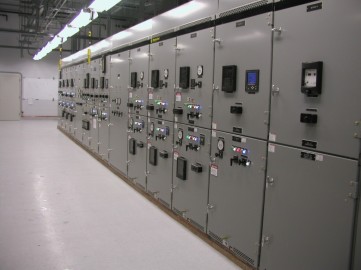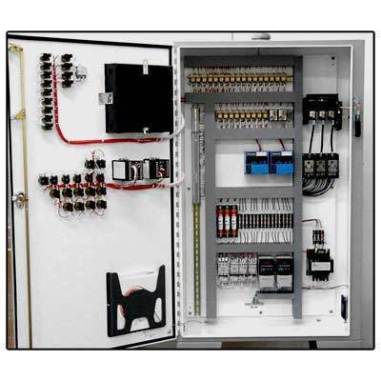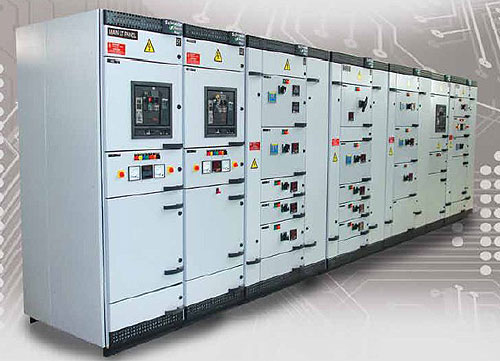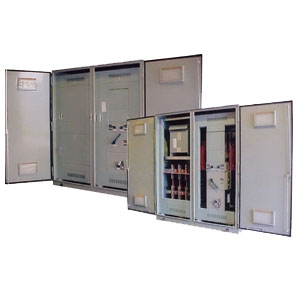A substation is a high-voltage electric system office. It is utilized to switch generators, hardware, and circuits or lines all through a system. It likewise is utilized to change AC voltages starting with one level then onto the next, and/or change alternating current to direct present or direct current to alternating current. A few substations are small with minimal more than a transformer and related switches. Others are expansive with a few transformers and many switches and other hardware. There are three aspects to substations:
Substation Types: Although, there are for the most part four sorts of substations are a combination of two or more sorts.
- Step up Transmission Substation
- Step down Transmission Substation
- Distribution Substation
- Underground Distribution Substation
- Substation Functions
- Substation Equipment
Distribution substations are situated close to the end-users. Distribution substation transformers change the transmission or sub-transmission voltage to lower levels for utilization by end-users. Typical distribution voltages vary from 34,500Y/19,920 volts to 4,160Y/2400 volts.
34,500Y/19,920 volts are interpreted as a three-stage circuit with a grounded neutral source. This would have three high-voltage conductors or wires and one grounded neutral conductor, a sum of four wires. The voltage between the three stage conductors or wires would be 34,500 volts and the voltage between one phase conductor and the neutral ground would be 19,920 volts.
From here the power is distributed to modern, business, and private clients.
Substations are intended to achieve the accompanying functions, although not all substations have every one of these functions:
- Change voltage starting with one level then onto the next
- Direct voltage to make up for system voltage changes
- Switch transmission and distribution circuits into and out of the grid system
- Measure electric power qualities flowing in the circuits
- Connect communication signals to the circuits
- Eliminate lightning and other electrical surges from the system
- Connect electric generation plants to the system
Make interconnections between the electric systems of more than one utility
